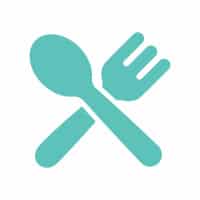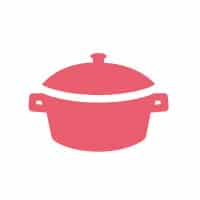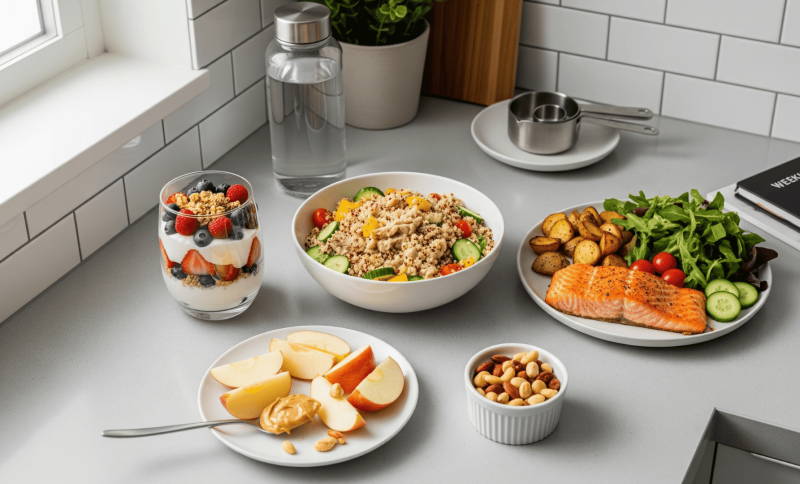Forget complicated calorie-counting apps and restrictive diets that leave you hungry by 3 PM.
A well-planned 1,600-calorie day can provide steady energy, satisfying meals, and realistic portion control without the guesswork.
The secret lies in strategic meal timing, balanced plates, and foods that actually keep you full.
If you’re managing weight, blood sugar, or simply want structure around eating, this approach offers flexibility within clear boundaries.
This guide breaks down who benefits from this calorie target, how to plan balanced meals that work, and provides three complete sample days to get you started.
Who Should Consider 1,600 Calories?
Many nutrition plans use 1,600 calories as a starting point for weight loss or maintenance, depending on factors such as body size, activity level, and personal goals.
This target is suitable for moderately active adults seeking to establish a controlled eating pattern without extreme restriction.
Blood sugar management also requires individualized planning that considers your medications, activity patterns, and health goals.
How to Plan Your 1,600-Calorie Day
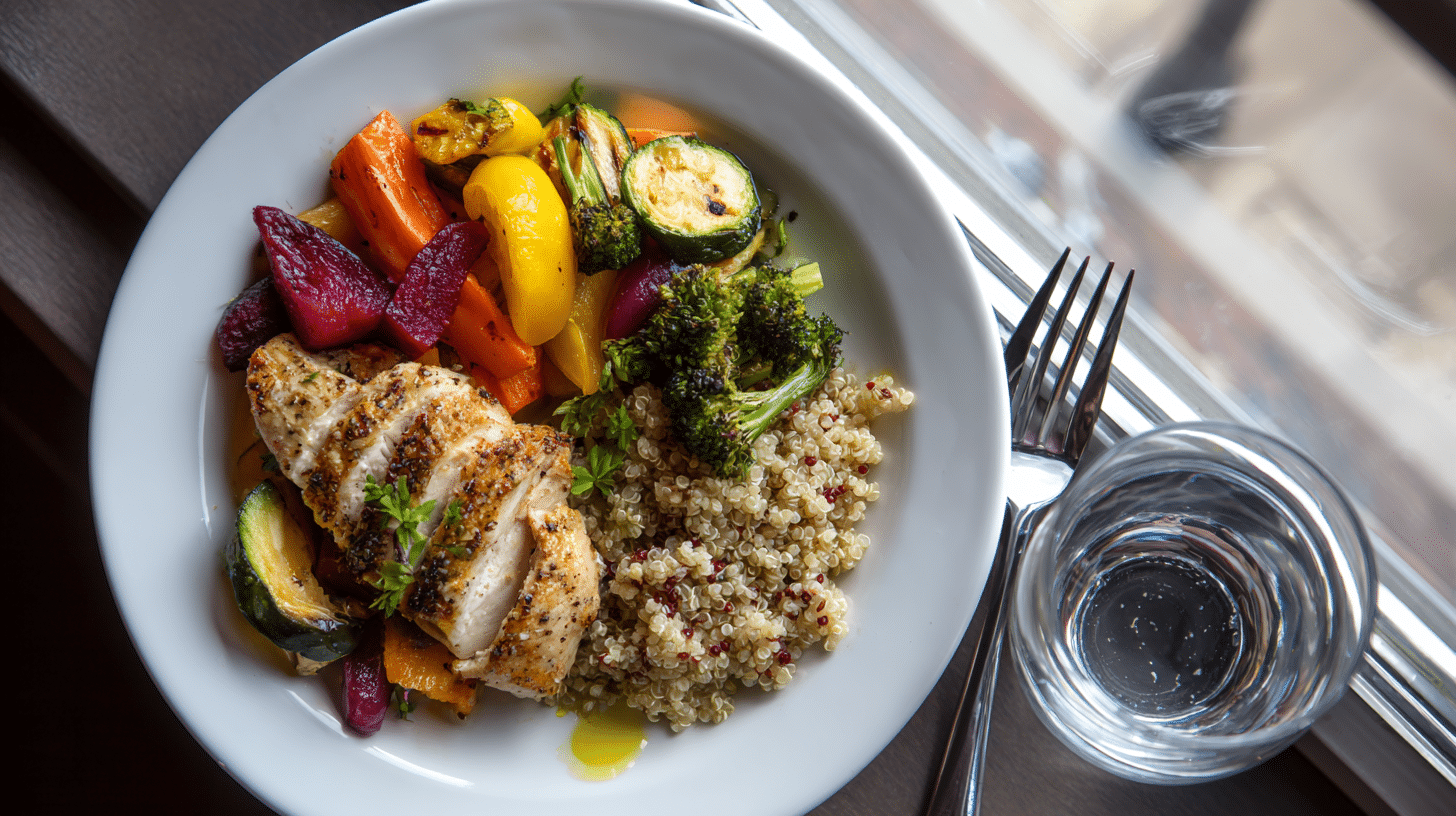
Success with 1,600 calories comes down to smart distribution and balanced nutrition, not deprivation. The key is creating meals that satisfy both your hunger and nutritional needs while maintaining energy throughout the day.
1. Split Your Calories Smart
Structure your day with three meals of 350-450 calories each, plus one to two snacks of 150-200 calories. This spacing helps manage hunger and keeps energy levels steady throughout the day.
2. Build Balanced Plates
Every meal should include:
- Lean protein (eggs, Greek yogurt, chicken, fish, beans, tofu)
- Fiber-rich carbohydrates (oats, quinoa, sweet potatoes, fruit)
- Colorful vegetables (aim for 4-6 cups total per day)
- Healthy fats (olive oil, avocado, nuts, seeds)
3. Prep for Success
Batch-cook proteins and whole grains on weekends. Pre-portion snacks into grab-and-go containers. Keep a simple rotation of breakfast and lunch options to reduce daily decision-making.
7-Day 1,600-Calorie Meal Plans
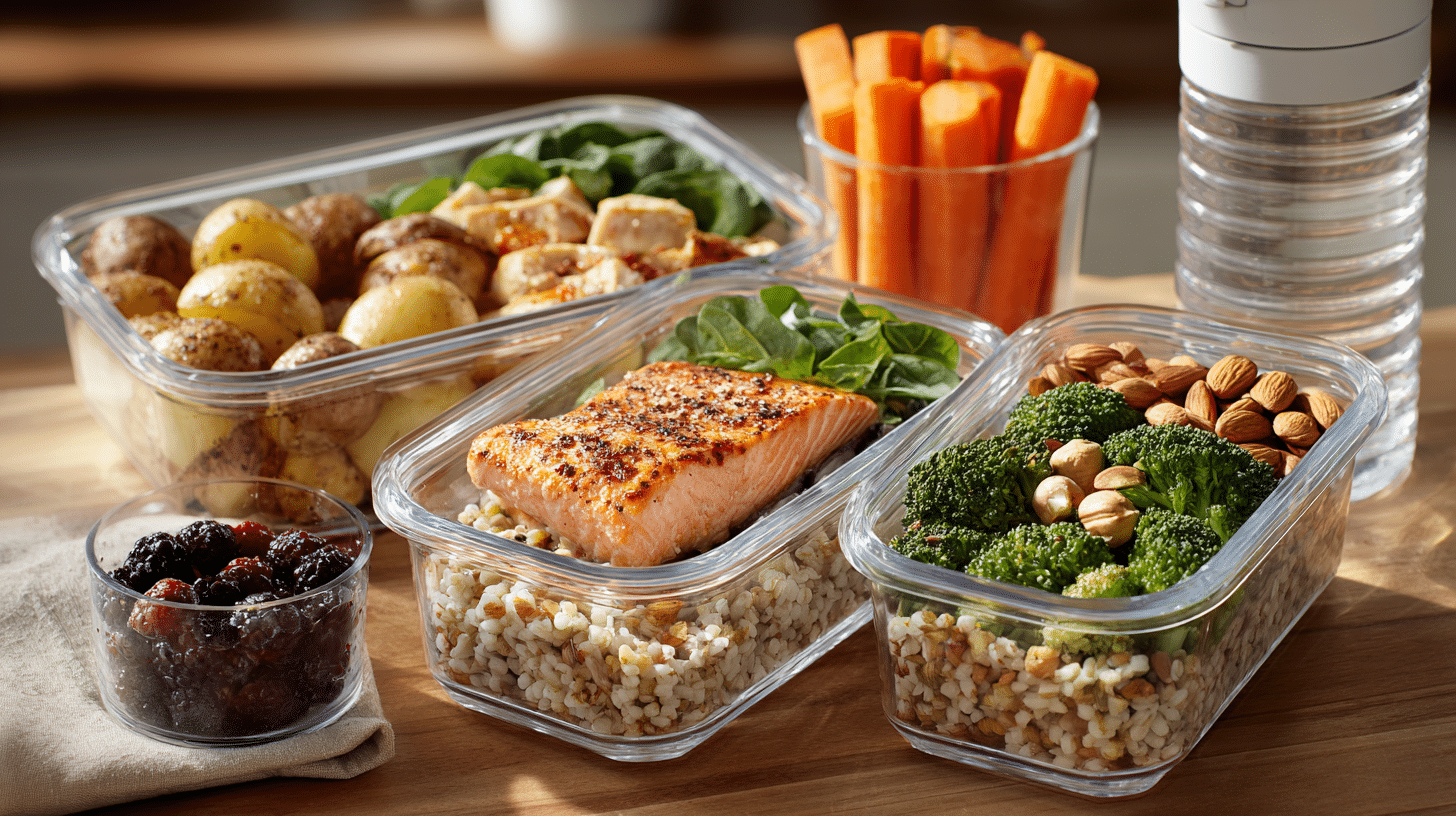
These seven complete day plans provide variety while maintaining the balanced nutrition principles of 1,600 calories daily. Each day includes three meals of 350-450 calories and one to two snacks of 150-200 calories.
Portions are approximate; adjust based on your preferences, allergies, and hunger cues.
Day 1: Balanced Everyday Plan
|
Breakfast (380 calories) Snack (180 calories) Lunch (420 calories) Snack (150 calories) Dinner (470 calories) |
Day 2: Mediterranean-Style Plan
|
Breakfast (400 calories) Snack (170 calories) Lunch (430 calories) Snack (160 calories) Dinner (440 calories) |
Day 3: Diabetes-Friendly Moderate-Carb Plan
|
Breakfast (390 calories) Snack (160 calories) Lunch (410 calories) Snack (180 calories) Dinner (460 calories) |
Day 4: Plant-Forward Plan
|
Breakfast (370 calories) Snack (190 calories) Lunch (440 calories) Snack (150 calories) Dinner (450 calories) |
Day 5: High-Protein Plan
|
Breakfast (410 calories) Snack (160 calories) Lunch (400 calories) Snack (180 calories) Dinner (450 calories) |
Day 6: Comfort Food Plan
|
Breakfast (380 calories) Snack (170 calories) Lunch (430 calories) Snack (160 calories) Dinner (460 calories) |
Day 7: International Flavors Plan
|
Breakfast (390 calories) Snack (180 calories) Lunch (420 calories) Snack (170 calories) Dinner (440 calories) |
Special Considerations
While 1,600 calories works for many people, individual needs vary based on health conditions, activity levels, and personal circumstances. These modifications help you adapt the approach to fit your specific situation safely and effectively.
- For diabetes: Focus on controlled portions of carbohydrates, emphasize fiber, and include lean protein at each meal.
- For vegetarians: Replace animal proteins with tofu, tempeh, legumes, and plant-based dairy alternatives while maintaining the same balanced plate approach.
- For very active individuals: 1,600 calories may be too low. Consider adding calories on training days or increasing portions based on your energy needs.
- Fiber and sodium goals: Aim for 25-35 grams of fiber daily from whole foods, and choose less processed options to keep sodium in check.
Your Grocery List Framework
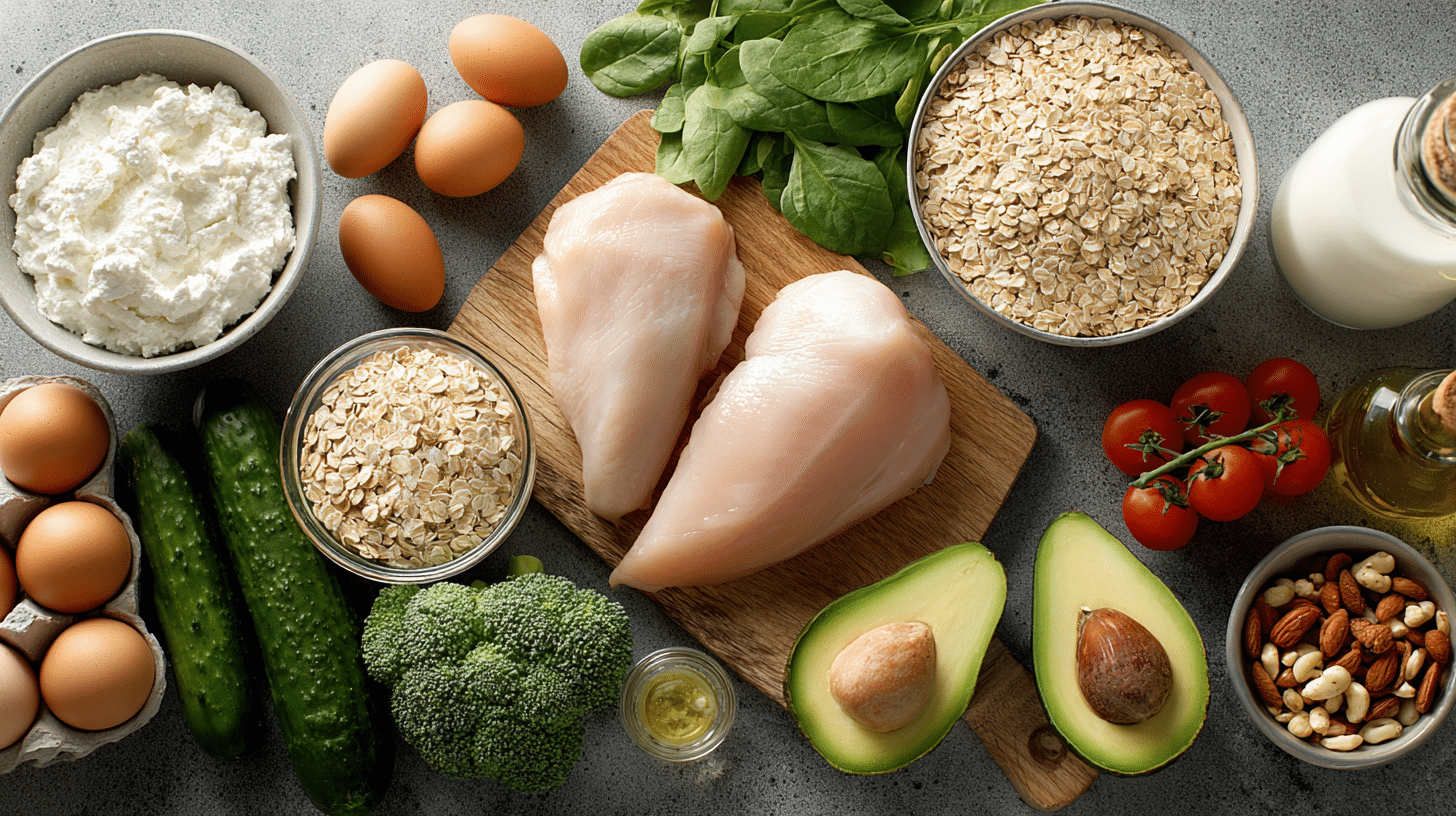
Shopping becomes simpler when you focus on flexible staples that work across multiple meals and snacks. This framework gives you the building blocks for balanced 1,600-calorie days without overcomplicating your grocery trips.
| Category | Foods |
|---|---|
| Proteins | Eggs, Greek yogurt, cottage cheese, chicken breast, salmon, cod, canned tuna, tofu, beans, lentils |
| Carbohydrates | Oats, whole-grain bread, brown rice, quinoa, sweet potatoes, regular potatoes, beans, chickpeas, fruit |
| Healthy fats | Olive oil, avocado, nuts, seeds, tahini |
| Vegetables | Leafy greens, broccoli, bell peppers, tomatoes, cucumbers, onions, carrots |
Note: Choose 2-3 items from each category per shopping trip to keep meals varied without overwhelming your meal prep routine.
Benefits You Can Expect
A structured 1,600-calorie approach offers concrete advantages beyond simple calorie restriction. These benefits develop naturally when you prioritize balanced nutrition and consistent meal timing over quick fixes.
1. Better Portion Awareness
When meals are planned around protein and fiber, 1,600 calories provides structure without feeling overly restrictive. You’ll naturally become more aware of appropriate serving sizes as you work with consistent meal frameworks.
This awareness develops gradually, helping you make informed food choices even when you’re not following a specific plan.
2. More Consistent Energy
Emphasizing complex carbohydrates and steady meal timing helps prevent the energy crashes that come from irregular eating patterns.
Your blood sugar stays more stable throughout the day when meals are spaced evenly and include balanced macronutrients. Most people notice improved focus and fewer afternoon energy dips within the first week.
3. Sustainable Meal Habits
The structured approach makes meal prep habits easier to maintain week after week. Having a rotation of go-to meals reduces decision fatigue while keeping variety in your eating pattern.
This consistency helps the approach feel less like a temporary diet and more like a manageable lifestyle change.
Final Thoughts
A 1,600-calorie plan works best when it fits your lifestyle and preferences. Use these sample days as starting points, then adjust portions and food choices based on what keeps you satisfied and energized.
Remember that sustainable eating patterns develop over time; focus on progress, not perfection.
If you have ongoing health conditions or take medications, consult with a healthcare provider before making significant changes to your eating pattern.
They can help ensure your calorie target and food choices support your overall health goals.
Start with one or two changes at a time, whether that’s adding more protein to breakfast or prepping snacks on Sunday.
What’s your biggest challenge with meal planning? Share your experiences or questions in the comments below; your insights might help others on their journey toward balanced eating.

